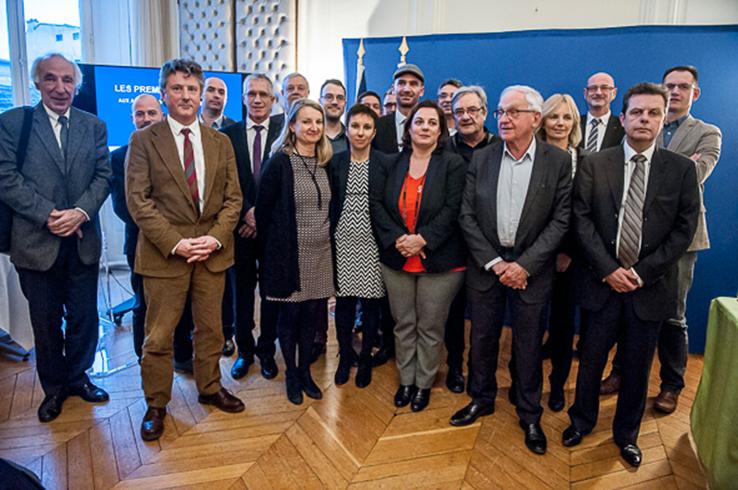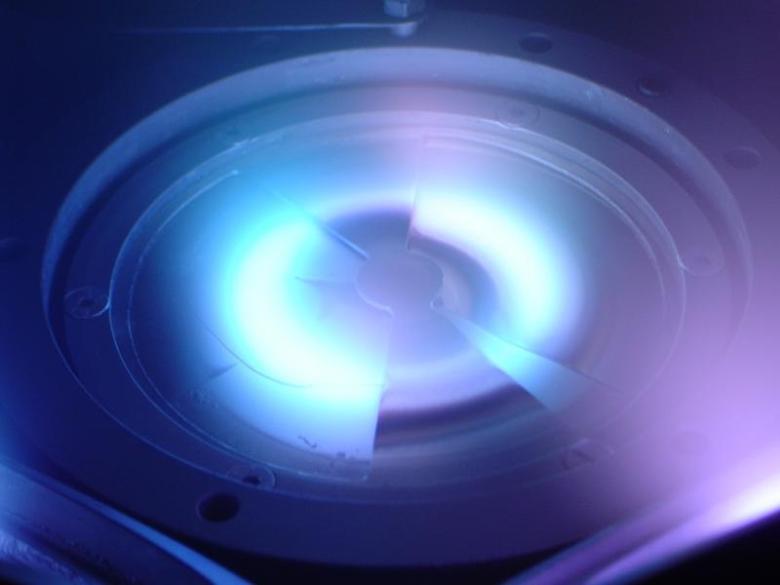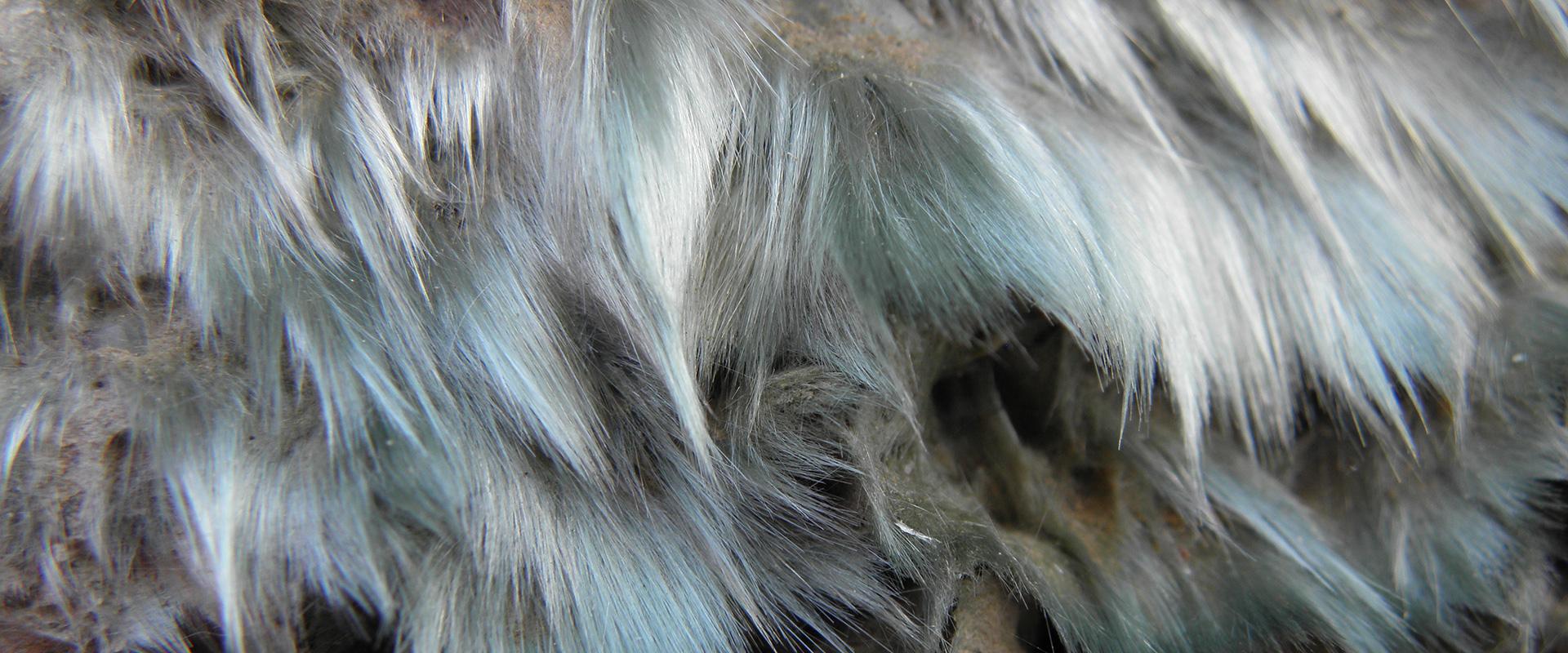
Emmanuelle Cosse, the Minister for Sustainable Housing, presents the 11 PRDA award-winners on 6 February 2017.
© Ministère du Logement et de l’Habitat durable
The aim of the BRGM's PLASMIANTE project is to improve detection and measurements of suspended asbestos fibres during asbestos removal work.
The BRGM's project is one of 11 selected for funding under a call for projects for the French R&D plan for asbestos removal (PRDA). The PRDA was launched in 2015 by the Ministry of Housing to provide financial support for innovative asbestos removal projects. The aim is to support activities that promote renovation and energy efficiency in buildings with a view to the prevention of insurance liabilities.
The 11 award-winners under the first call for projects will receive a total of €1.4 million in funding. The PLASMIANTE project will receive a grant of €400 000, with €200 000 allocated by the scientific committee up to the Go/No-go milestone establishing the concept's validity, and the remaining €200 000 once the project gets the go-ahead. The PRDA Chairman, Alain Maugard, stressed that of all the projects examined by the scientific committee, the BRGM's project was the most likely to achieve a technological breakthrough.

PLASMIANTE will apply the physics of powder plasmas to filter and quantify asbestos dust.
© GREMI/ Pr L. Boufendi Univ. Orléans
Testing a plasma filter for real-time detection of airborne asbestos
The PLASMIANTE project will be testing a plasma cell developed to analyse suspended asbestos dust. This is a breakthrough technology with the potential to considerably lower the time and cost constraints of asbestos removal thanks to on-site capture and analysis of asbestos dust.
At present, detecting asbestos in the air is a complex process requiring costly sampling equipment that does not produce results in real time. Currently available automated equipment for real-time inspections does not produce sufficiently accurate results. Given these problems, a new and reliable system for asbestos measurements and analyses urgently needs to be developed.
The most difficult operation is filtering of the asbestos dust. PLASMIANTE will therefore be testing the Plasma technology developed by the GREMI research group (energy systems in ionised environments). The plasma in which the rising nanoparticles are trapped could serve as a filter to detect and measure nanoparticles of suspended asbestos fibres. The project will seek to prove that the system is fit for purpose as a means to filter and identify the trapped dust.







